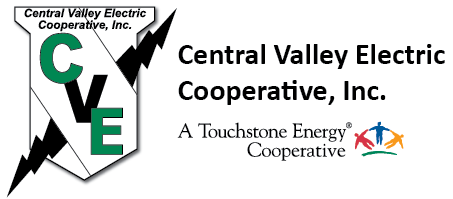By turning on the fan, you can turn up the savings!
TIPS FOR MAKING THE MOST OF YOUR CEILING FANS:
- FLIP THE SWITCH: Most ceiling fans have a switch near the blades. In warm months, flip the switch so that the blades operate in a counter clockwise direction, effectively producing a "wind chill" effect. Fans make the air near them feel cooler than it actually is. In winter, move the switch so the fan blades rotate clockwise, creating a gentle updraft. This pushes warm air down from the ceiling into occupied areas of the room. Regardless of the season, try operating the fan on its lowest setting.
- ADJUST YOUR THERMOSTAT: In the summer, when using a fan in conjunction with an air conditioner, or instead of it, you can turn your thermostat up three to five degrees without any reduction in comfort. This saves money since a fan is less costly to run than an air conditioner. In the winter, lower your thermostat's set point by the same amount. Ceiling fans push the warm air from the ceiling back down toward the living space, which means the furnace won't turn on as frequently.
- CHOOSE THE RIGHT SIZE: Make sure your ceiling fan is the right size for the room. A fan that is 36-44 inches in diameter is for rooms up to 225 square feet. A fan that is 52 inches or more should be used in larger spaces.
- TURN IT OFF: When the room is unoccupied turn the fan OFF. Fans are intended to cool people - not rooms.


